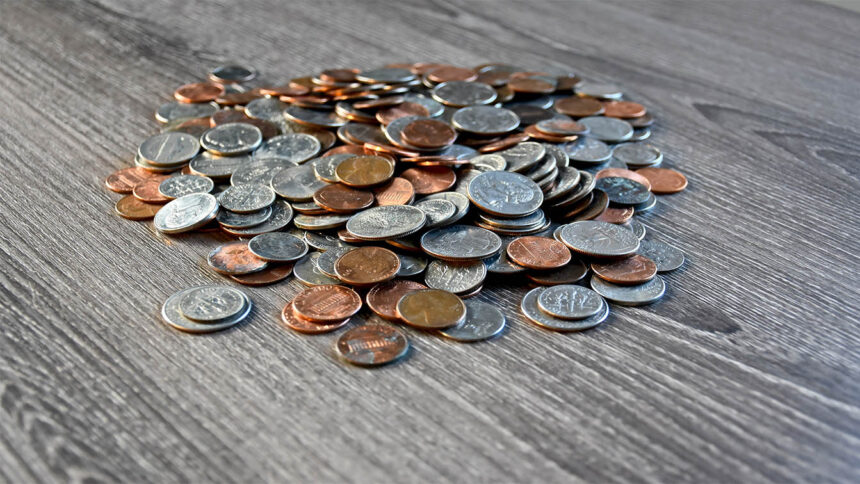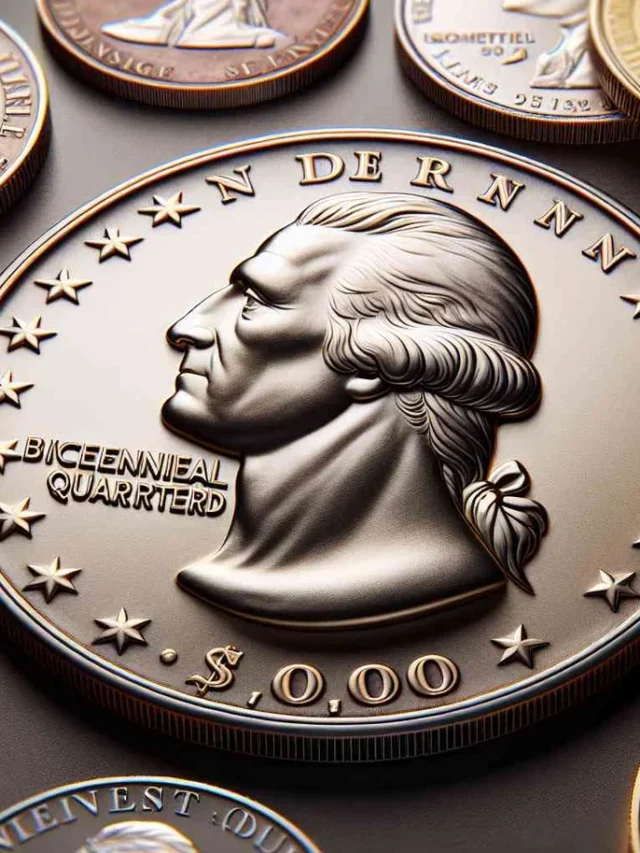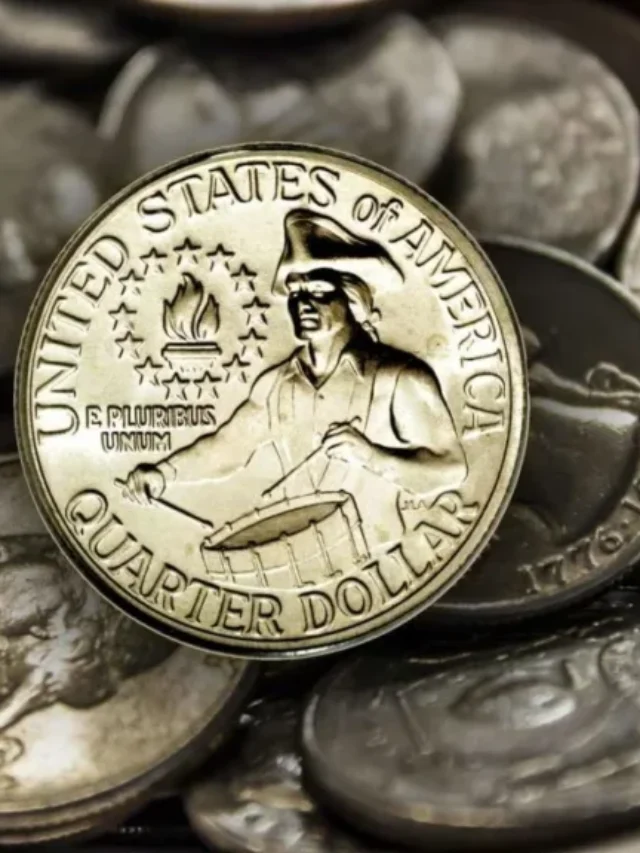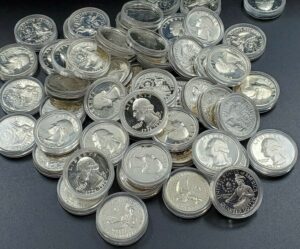Introduction:
Imagine the thrill of discovering that a simple quarter from your pocket change could be worth a small fortune. This isn’t a mere fantasy—there’s a very real possibility that one of those unassuming Bicentennial quarters, minted in 1976 to celebrate America’s 200th birthday, could fetch up to $400,000. Here’s what you need to know about these rare finds and how you can start your treasure hunt.

The Bicentennial Quarter
In 1976, the United States Mint released a special series of quarters to commemorate the nation’s bicentennial. These quarters, featuring a unique design with a colonial drummer on the reverse and the dual date “1776-1976,” are commonplace. However, within this broad category lies a subset that is exceptionally rare and valuable.
What Makes a Bicentennial Quarter Valuable?
- Mint Errors and Variations: The most valuable Bicentennial quarters are those with mint errors. These errors can include double strikes, off-center strikes, and other anomalies that occurred during the minting process. Coins with these errors are highly sought after by collectors.
- Condition and Grade: As with most collectibles, condition matters. Bicentennial quarters that have been preserved in pristine condition—graded as Mint State (MS) or Proof—are worth significantly more. A coin graded MS-67 or higher can be especially valuable.
- Silver Composition: While most Bicentennial quarters are made of a copper-nickel clad, a limited number were minted in 40% silver. These silver quarters are rarer and thus more valuable, especially in high grades.

How to Identify a Rare Bicentennial Quarter
- Inspect the Date and Design: Look for the dual date “1776-1976” and the colonial drummer design.
- Check for Mint Marks: Coins from different mints (Denver, Philadelphia, and San Francisco) might have different values. San Francisco Mint quarters, particularly proof coins, are often more valuable.
- Look for Errors: Use a magnifying glass to inspect the coin for any irregularities in the design or text. Errors could include doubling, missing elements, or misalignment.
- Weigh Your Coin: Silver Bicentennial quarters weigh more than their copper-nickel counterparts. A precise scale can help you determine if you have a silver quarter.

Where to Search
- Your Pocket Change: Always check your quarters when you receive change. You never know when you might stumble upon a valuable coin.
- Coin Rolls from Banks: Purchase rolls of quarters from your bank and search through them. This method can increase your chances of finding rare coins.
- Garage Sales and Flea Markets: These are great places to find old coins, sometimes at a fraction of their value.
- Online Marketplaces and Auctions: Sites like eBay and specialized coin auction platforms can be treasure troves for rare coins.
Conclusion:
The quest for a rare Bicentennial quarter can be both thrilling and profitable. While the odds of finding one worth $400,000 are slim, the potential reward makes it a worthy pursuit. So, the next time you find a quarter in your change, take a moment to inspect it—you might just uncover a hidden gem.
Frequently Asked Questions (FAQ)
1. What makes a Bicentennial quarter worth up to $400,000?
The most valuable Bicentennial quarters are those with significant mint errors, extremely high grades (MS-67 or higher), or a 40% silver composition. These factors make certain quarters exceptionally rare and valuable to collectors.
2. How can I identify a mint error on a Bicentennial quarter?
Mint errors can include double strikes, off-center strikes, missing elements, or other irregularities. Use a magnifying glass to closely inspect the coin for any unusual features in the design or text.
3. Where is the mint mark located on a Bicentennial quarter?
The mint mark on a Bicentennial quarter is located on the obverse (front) side of the coin, to the right of George Washington’s portrait.
4. How do I determine if my Bicentennial quarter is in Mint State (MS) condition?
A coin in Mint State condition has never been circulated and retains its original mint luster. It should show no signs of wear. Coins are graded on a scale from MS-60 to MS-70 by professional grading services, with higher numbers indicating better condition.
5. What is the significance of a 40% silver Bicentennial quarter?
Most Bicentennial quarters are made of copper-nickel, but a limited number were minted in 40% silver. These silver quarters are rarer and generally more valuable, especially in high grades.





